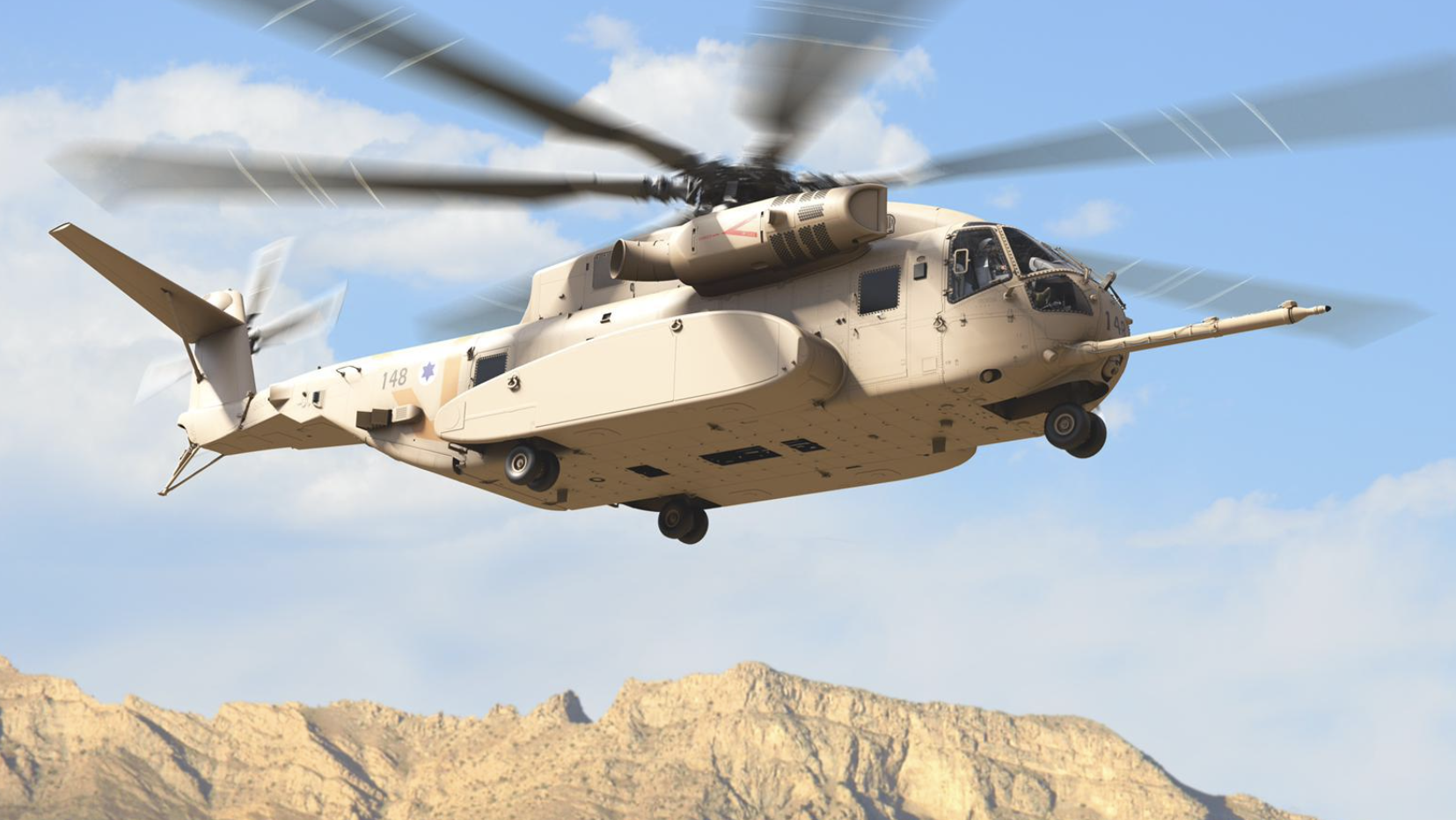With NGAD loss and hazy future for F-35, Lockheed Martin weathers scrutiny from Wall Street
“An open question for Lockheed Martin is why it has not been able to win major new military aerospace competitions,” Byron Callan of Capital Alpha Partners said in a note to investors.
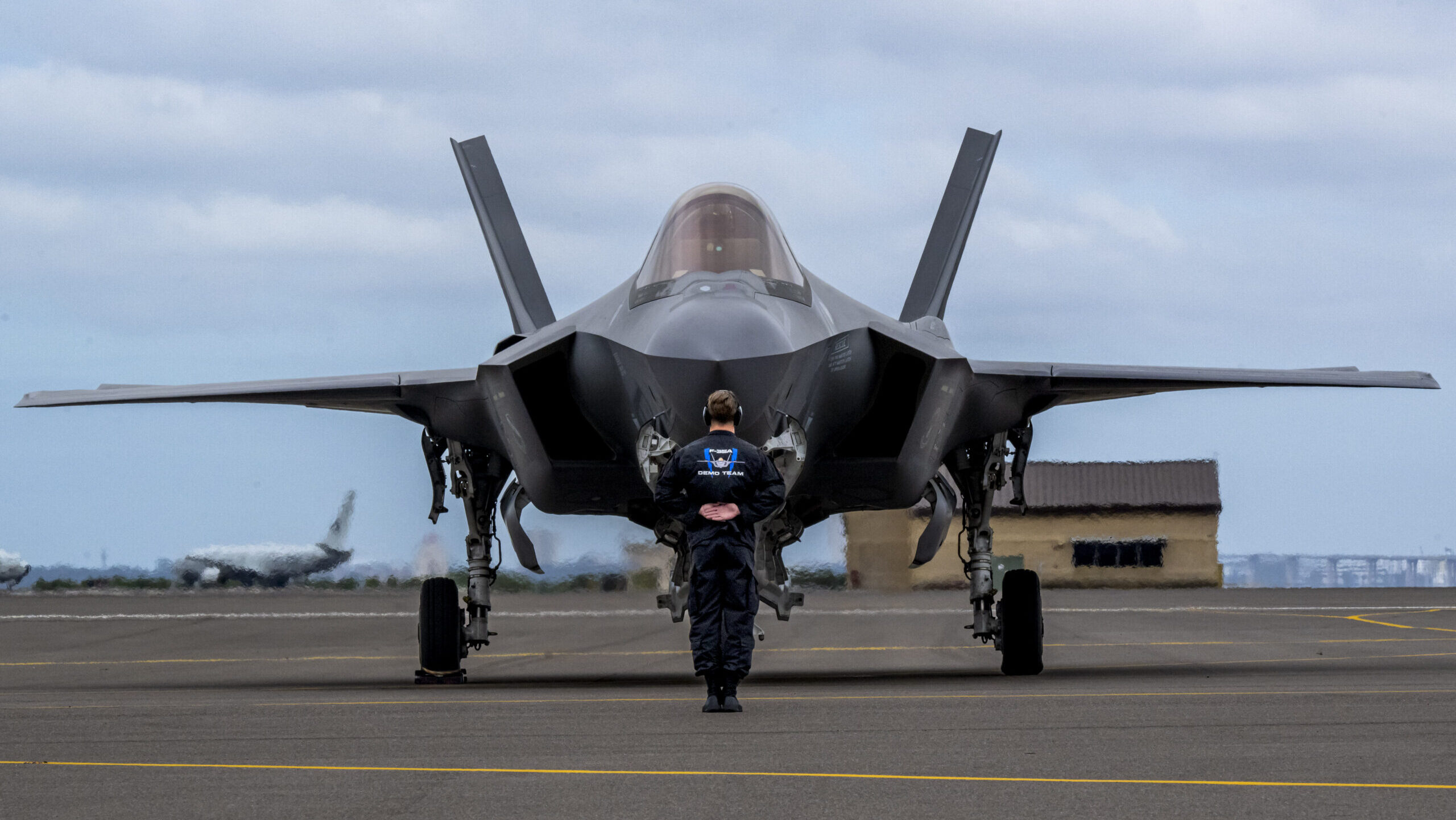

U.S. Air Force Senior Airman Lee Cutshaw, an aircrew flight equipment technician assigned to the F-35 Demonstration Team, marshals the a USAF F-35A Lightning II during an airshow at Jacksonville Naval Air Station, Florida, on 20 October, 2024. (U.S. Air Force photo by Senior Airman Nicholas Rupiper)
WASHINGTON — After a loss on the Air Force’s F-47 program and its withdrawal from the Navy’s F/A-XX competition, Lockheed Martin is facing questions from Wall Street about how the company responsible for both of the US military’s fifth-generation fighters now finds itself shut out of the sixth-generation fighter market.
On March 21, President Donald Trump announced that Boeing had beaten Lockheed to win the Next Generation Air Dominance (NGAD) program to build the newly dubbed F-47 — a decision that shocked analysts, which had largely favored Lockheed for the win based on the company’s development of the F-22 and F-35, along with Boeing’s continued execution problems.
Meanwhile, the Navy is rumored to announce the winner of its own sixth generation fighter program imminently, but the only thing certain is that Lockheed won’t find itself part of the winner’s circle — as only Boeing and Northrop Grumman remain after Lockheed departed the competition, as first reported by Breaking Defense last month.
Wall Street has noticed, and are raising early red flags. Analysts from Bank of America, Melius and RBC Capital all downgraded the company’s rating to “neutral” last week, with Ron Epstein of Bank of America citing the lack of major competitions left on the horizon, Lockheed’s recently lackluster earnings, and questions about future F-35 sales.
“Given recent US geopolitical re-posturing (tariffs, reducing support for NATO and sovereignty threats targeted at Canada and Greenland), the F-35 international partners are naturally concerned about their reliance on the program and rethinking their commitments,” Epstein said in an investor note. “This begs the question as to what LMT’s future is as a Prime Contractor in a sixth gen fighter world if they are not leading the development of any of the manned sixth gen programs.”
That question was echoed by Byron Callan of Capital Alpha Partners, who looked beyond the F-47 to a series of losses for the world’s largest defense firm over the last decade: to Northrop on the B-21 bomber, to Boeing on the T-7 trainer, and to Bell Textron on the Army’s Future Long Range Assault Aircraft.
“An open question for Lockheed Martin is why it has not been able to win major new military aerospace competitions,” he said in a note to investors. “Possibly, Lockheed Martin believed it had a solid position on F-35, though we’d argue that may have changed on possible interest by DoD in more autonomous attritable aircraft, and U.S. policy/posture changes that might erode international F-35 sales prospects.”
Lockheed isn’t backing away from future airpower opportunities despite its defeat on NGAD, a company spokesperson said in a statement to Breaking Defense.
“While we are disappointed with the outcome, we continue to advance the state of the art in air dominance, ensuring that America has the most revolutionary systems to counter the rapidly evolving threat environment. Further questions can be addressed following our earnings quiet period,” the spokesperson said. (Lockheed’s next earnings call is April 22.)
Not all analysts believe that Lockheed’s NGAD loss indicates some wider failure to book cutting-edge aircraft contracts.
TD Cowen analyst Roman Schweizer pointed to Lockheed’s recent earnings calls, where executives disclosed charges to a classified program within its aeronautics portfolio. In January, Lockheed’s Chief Financial Officer Jay Malave said the program involves “highly complex design and systems integration” and that the company recorded losses on the fixed-price incentive fee contract after discovering “higher projected costs in engineering and integration activities” associated with near term milestones.
“People have proposed that it might be something like an SR-72 or maybe some advanced unmanned program,” Schweizer said, referring to a rumored successor to the legendary SR-71 spyplane that has been the subject of speculation amongst aviation geeks for decades.
“So I wouldn’t necessarily agree that Lockheed is shut out of a six-gen aircraft,” he continued. “It would appear that Lockheed has some sort of advanced aviation program at aeronautics.”
Rebecca Grant, vice president of the Lexington Institute, said that despite the loss on NGAD, Lockheed’s fighter aircraft portfolio “remain[s] very strong,” with a huge F-35 backlog that will likely dwarf future sales of F-47 and F/A-XX, as well as F-22 modernization work that shows no signs of sunsetting.
“Under any scenario, the F-35 are still the bulk of the advanced fighter force for many, many years to come,” she said.
But Lockheed may have underestimated the importance of a sixth-generation fighter to its future, said Richard Aboulafia, an aerospace analyst with AeroDynamic Advisories. “Leadership at the top was clearly viewing this as a long term harvest story,” where it would continually be able to reap profit off the F-35 account, he said.
However, new geopolitical tensions potentially undercut future F-35 sales to countries like Canada, and other longtime moneymakers are either facing competition — such as the once ubiquitous C-130, which is seeing its market share attacked by Embraer’s C-390 — or, like the F-16, have suffered from a lack of corporate focus, he said
“Lockheed should be very concerned about complacency,” Aboulafia said. “I’m not so sure they saw the bigger picture.”
‘They Couldn’t Win Everything’
The decision on whether to continue the Air Force’s sixth-gen fighter went all the way to the White House, with Trump himself receiving briefings from Air Force officials on the program and ultimately making the contract announcement during an Oval Office press conference.
RELATED: ‘No smoke and mirrors’ with Boeing NGAD win, executive says
That level of involvement in NGAD — as well as the forthcoming contract decision for F/A-XX — signals that the administration sees the value in “strengthen[ing] the advanced aircraft industrial base” so that US airpower remains ahead of China, Grant said.
It’s unclear exactly when the F/A-XX decision will come. Reuters, citing people familiar with the decision, reported on March 25 that the Navy intended to downselect to a single vendor that week, but the service has yet to announce a contract award. (Sources told Breaking Defense one contributor to the delay is thought to be White House interest in the program.)
The future F/A-XX fighter is intended to replace the F/A-18E/F Super Hornet and complement F-35Cs aboard the carrier deck. Navy officials have kept most details of the secretive program under wraps, including whether a demonstrator has flown.
Overall, analysts view Northrop Grumman as the most likely winner of the F/A-XX program, citing Northrop’s strong performance on the B-21 bomber program, its work developing the YF-17 — the precursor of the F/A-18 Hornet (later manufactured by Boeing) — and the legacy of the “Grumman Cats,” a famed run of naval fighters named after wildcats built by Grumman Corp prior to its merger with Northrop.
“The proposal is what matters, and so that comes down to technical capabilities, cost, and maybe past performance, if that’s factored in,” Schweizer said. “However, it would perhaps be fortuitous for the defense department if Lockheed were building F-35s, Boeing was building F- 47s and Northrop was building F/A-whatevers, because then you would have each major prime building a manned fighter program in the future, and you would have all of their R&D [research and development] and production workforces employed and three semi-separate supply chains.”
If Northrop wins the Navy jet, that leaves Lockheed with “just” the F-35 — a blockbuster program with thousands of orders spread across about 20 nations, including orders for the US Air Force, Navy and Marine Corps.
In most timelines, that would be more than enough to reassure investors, but the Trump administration’s current geopolitical positions may be “potentially catastrophic” to future F-35 sales, including Canada and Germany, Aboulafia said.
In the wake of tariffs and rhetoric from Trump that Canada should become “the 51st state,” the Canadian government has said it would move forward with buying its first tranche of F-35A, but would review the remainder of its planned 88-jet program of record.
And while German Minister of Defense Boris Pistorious recently reaffirmed Germany’s commitment to the F-35 in an exchange with local media, according to the Aviationist, experts have suggested that the incoming conservative government could seek greater independence from American products.
The F-47 has received Trump’s blessing: Its name itself is a reference to the 47th president, as well as the founding year of the Air Force. But beyond that, Aboulafia argued that the plane reflects Trump’s values, having been developed wholly inside of the United States by American businesses, a contrast from the global supply chain of the F-35.

Shown is a artist rendering of the Next Generation Air Dominance (NGAD) fighter, also known as the F-47. (U.S. Air Force graphic)
If it follows the pattern of the F-22 it will one day replace, the F-47 will be based on US soil — a potential selling point for an administration that is prioritizing homeland defense, and a break from the F-35, which was designed to operate in expeditionary and maritime environments across the globe, he said.
“The thing they [Lockheed] should have seen is political challenges on the horizons,” he said. “What should have been seen is that this administration would shift his emphasis away from a coalition and expeditionary combat aircraft towards an America First fighter, which is what NGAD is.”
But Schweizer and Grant both said that they believe that current geopolitical tensions are unlikely to have a lasting impact on F-35 sales as there are no other fifth-generation jets on the market, and its stealth capabilities and interoperability with a wide swath of NATO allies and partner nations in the Indo-Pacific are too simply too attractive to pass by.
European sixth-generation fighters, like the Global Combat Air Programme fighter under development by the United Kingdom, Italy and Japan, are unlikely to become operational for at least another decade, Schweizer said.
“There’s going to be a lot of harsh words around the rebalancing of American trade policy, but I think the F-35 comes out in the end basically unscathed,” Grant said.
There’s also a possibility that Lockheed, or other aircraft makers, could re-enter the NGAD program at a later date – if the Trump administration follows a path laid out by the Biden team.
In a March 27 episode of the Defense and Aerospace Air Power podcast, former Air Force acquisition czar Andrew Hunter said that both Lockheed and Boeing submitted creative proposals for NGAD. Hunter attributed that outcome to the structure of the program itself, which splits the NGAD buy into multiple increments of “roughly” 100 aircraft a piece.
“It was designed not to be this all or nothing, ‘Hey if you don’t win this you’re out for the next three decades’ competition,” he said. “There will be other orders coming down the pike, and so you stay in the game and you continue to compete. And obviously [the] future will tell, time will tell how many increments ever get built.”
In the meantime, Lockheed could refocus on widening F-16 exports or increase the intensity of its investments in combat drones for the Air Force’s Collaborative Combat Aircraft, Schweizer said.
Ultimately, he said, “They couldn’t win everything.”



















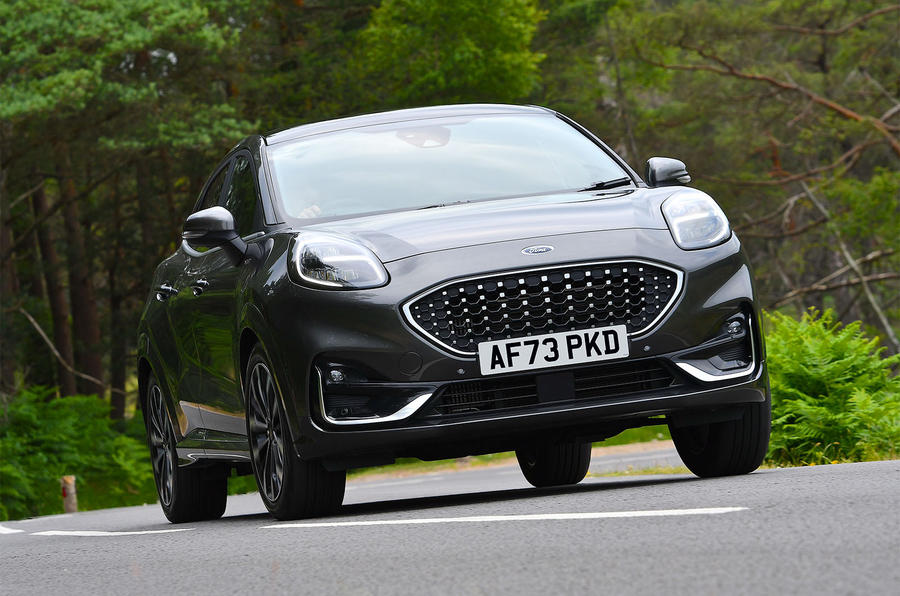
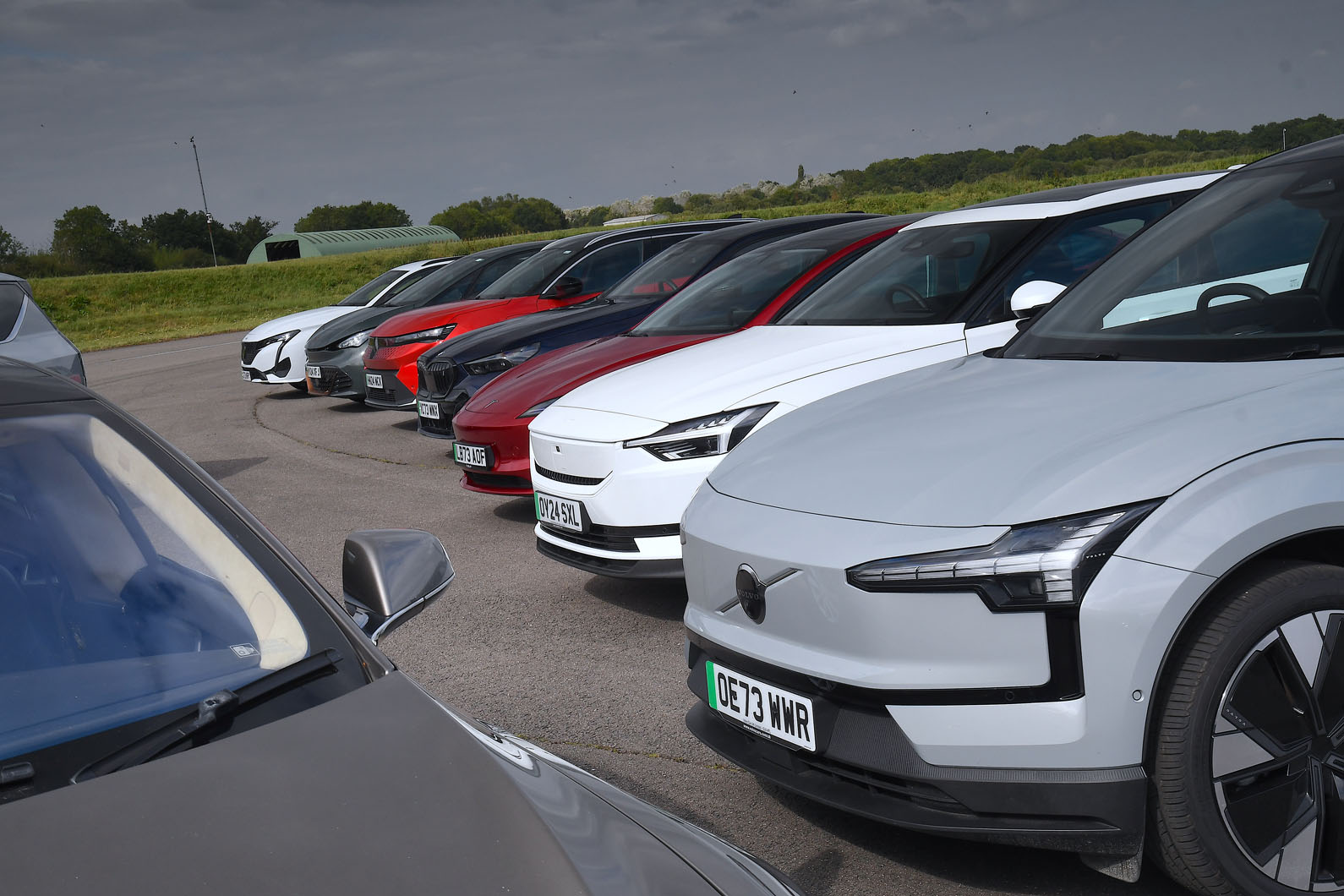




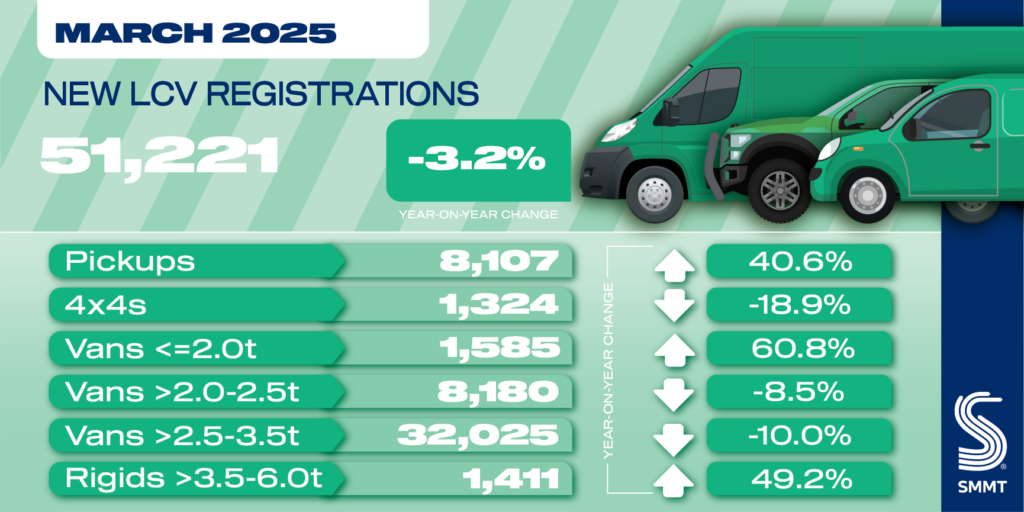








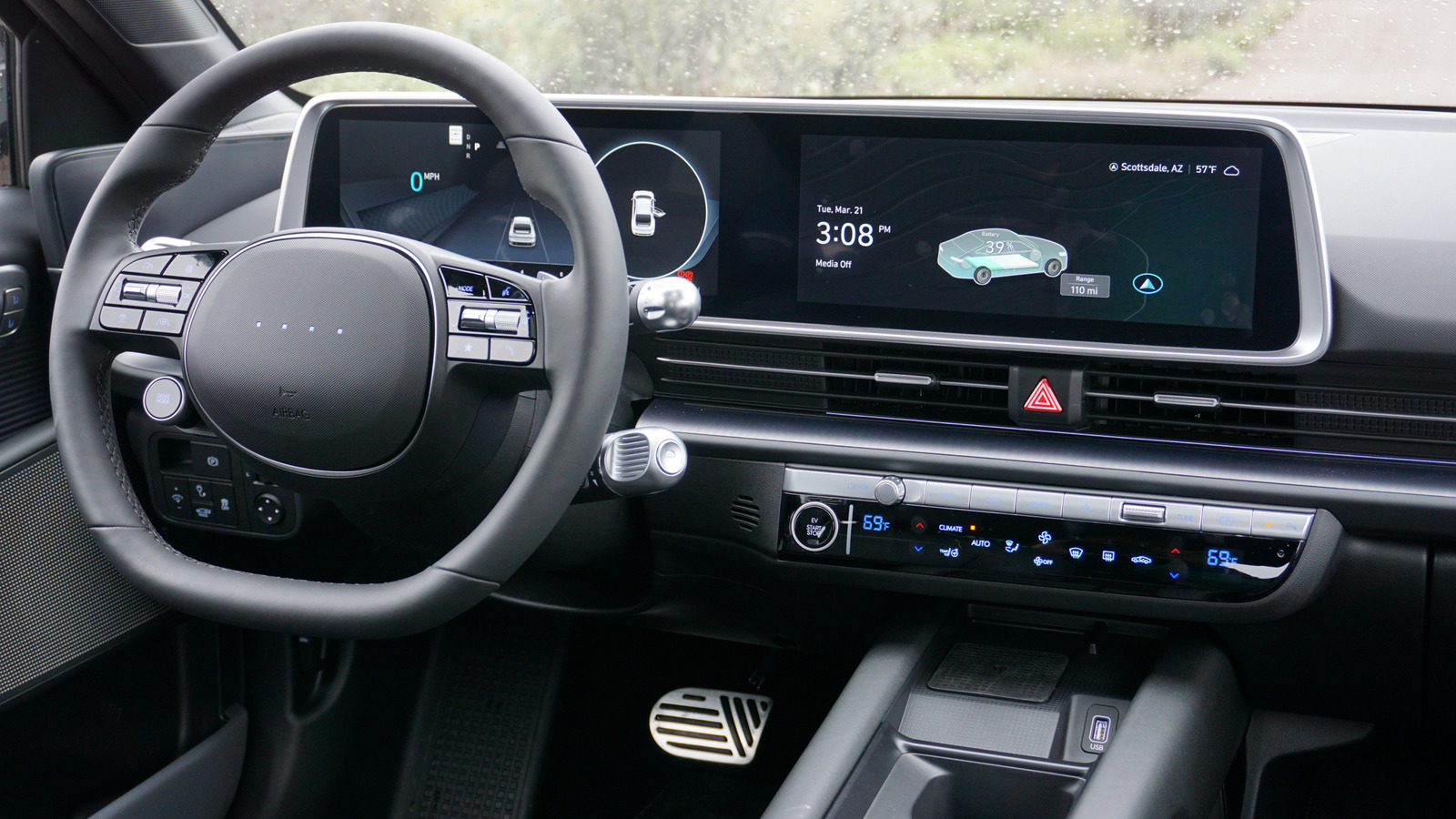


































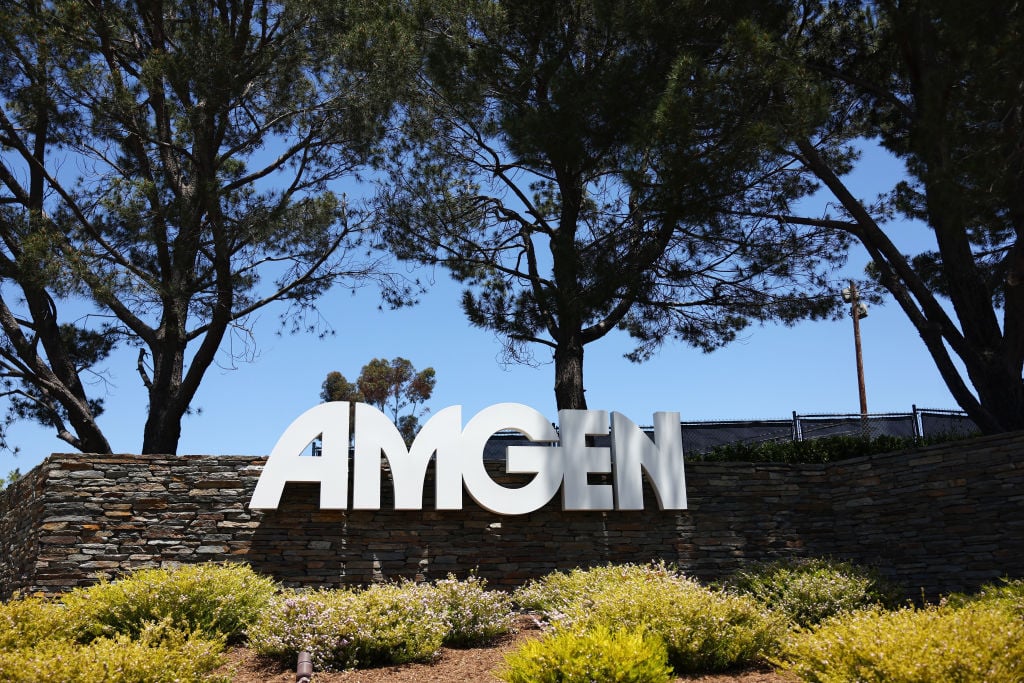























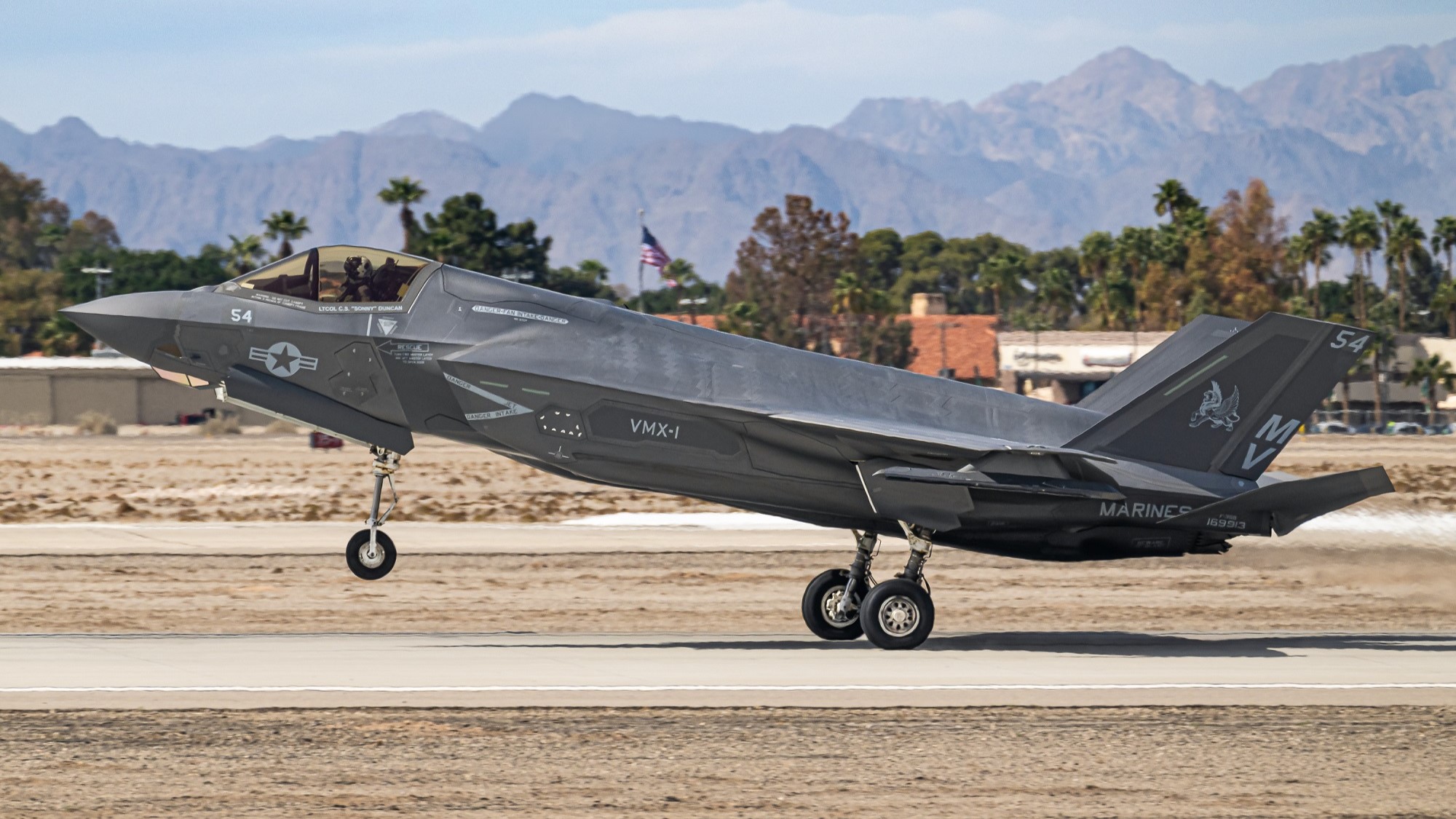
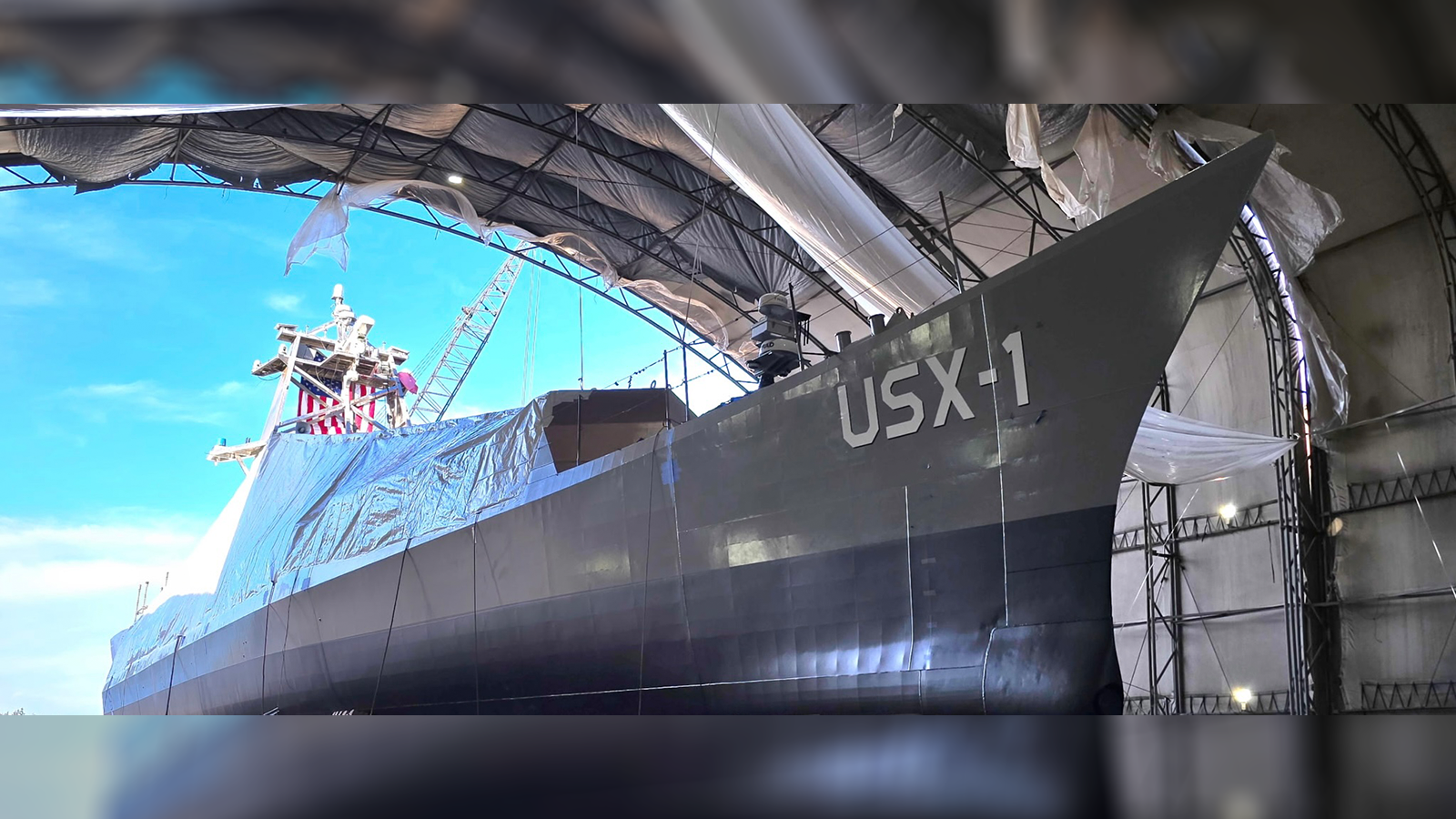
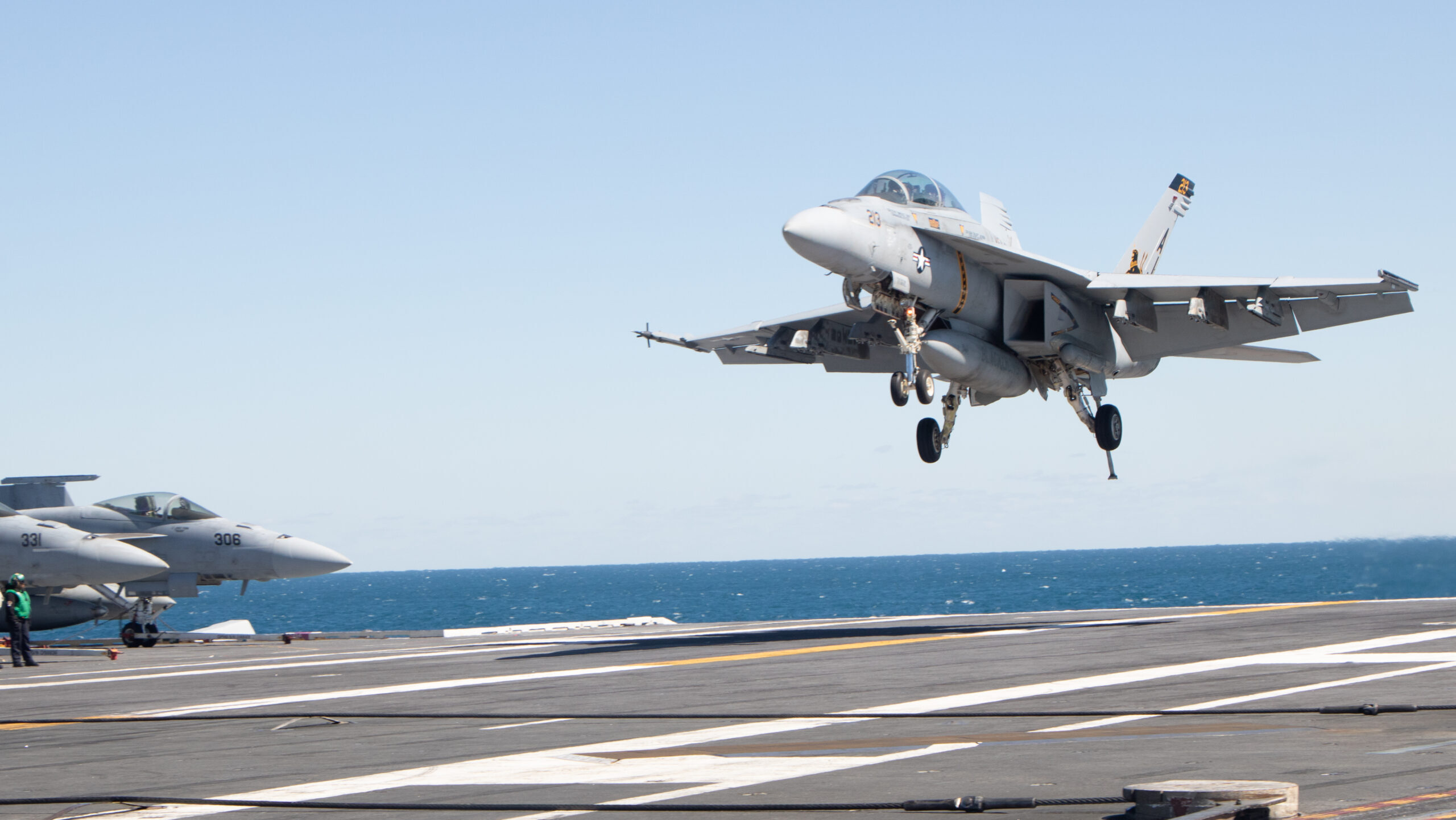













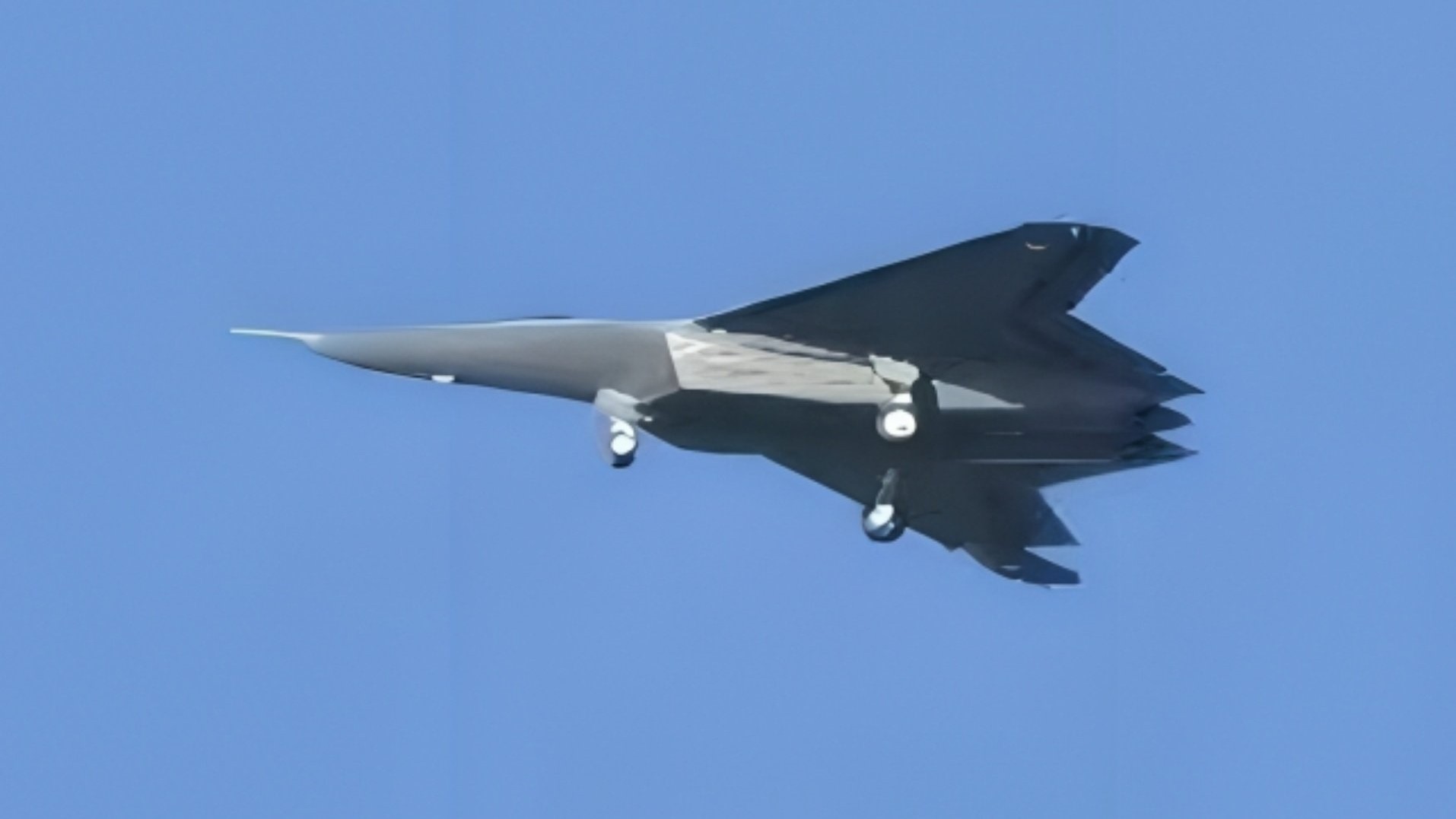

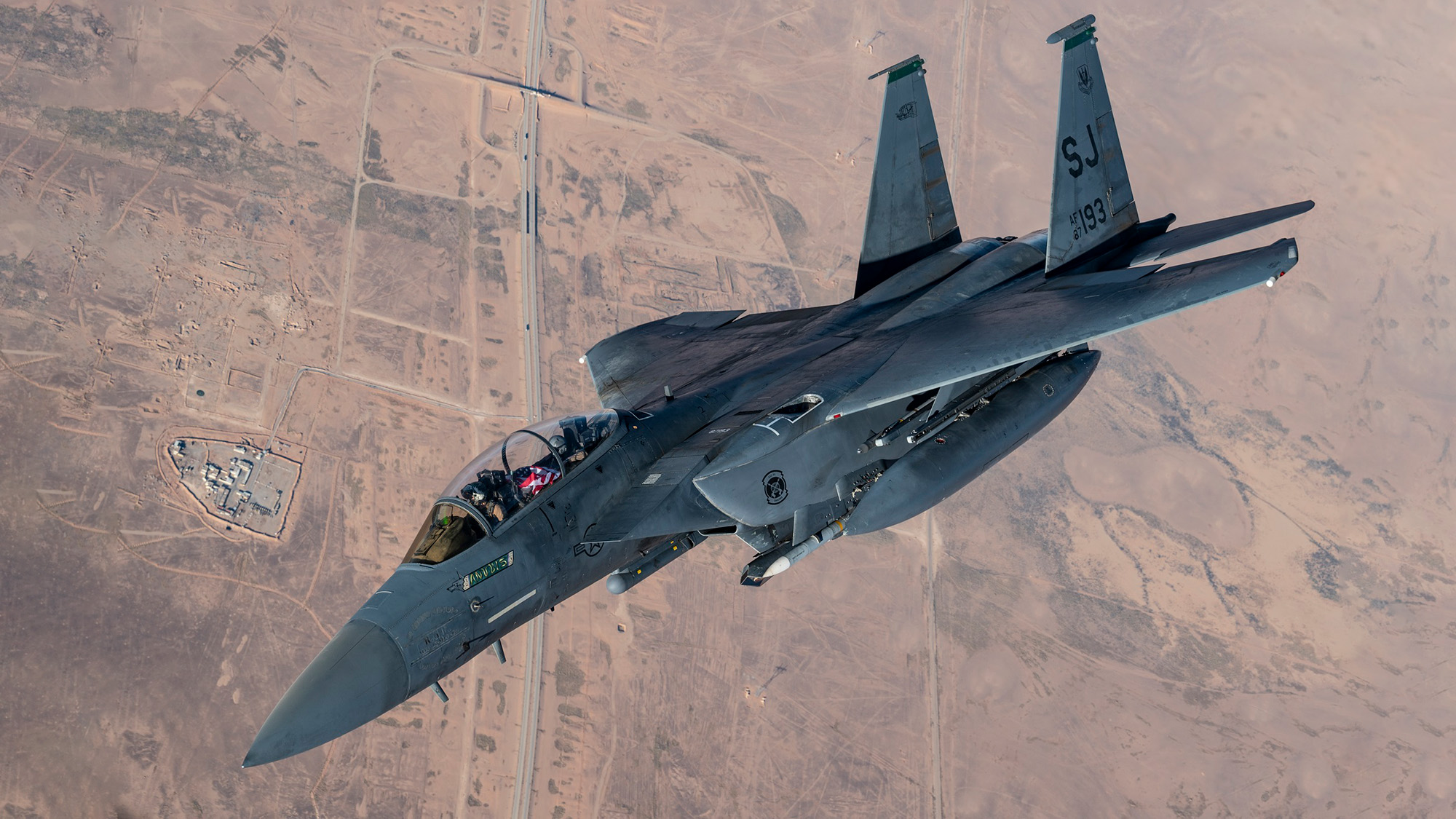
























































.jpg)






